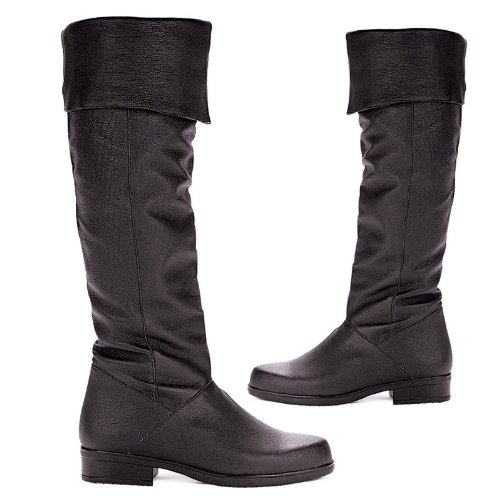What Do I Need For a French Maid Costume?
Across the globe, the French Maid costumer is one of the top picked and most popular choices. This costume gets top votes from the guys too! There is something so mysteriously sexy about a French Maid costume that it actually makes you feel good to wear one. You can very easily make a costume for yourself with things out of your own closet and maybe an accessory or two.
Let's start with the little black Dress. This is the staple of the French Maid costume. Of course it doesn't have to be a Dress either. A skirt and a black top will work just fine. You never want the skirt longer than your knees and of course, the shorter and fuller the skirt the better! Tops should have some sort of sleeve, long or short. It can be anything from a simple crew neck tee to a low cut neckline depending on what you prefer. However, even though a traditional French Maid costume calls for sleeves does not mean you can't opt for that super sexy black corset you've been dying to wear!
The white apron is the next piece that actually turns you into the maid. A Pinafore is the traditional apron worn but even in costumes you pay for, it is generally a tiny little apron. If you don't have one and you don't want to buy one you can easily make one out of a pillow case. Cut out the shape you want then cut out the long ties and sew them to the apron. If you want ruffles you can cut a long piece of fabric and pin it on the apron in a gathered way and sew. Don't worry about hems or rough edges. If you're dressed like a French Maid, chances are people aren't inspecting your apron.
French Maid costumes usually have a white tiara made of fabric. More often, a simple ribbon or headband is worn. This is more popular and easier to find. Don't have a white headband or ribbon? Take the straps off a convertible bra and attach them together for a super sexy headband. Yes, there is always someone who will notice and appreciate that you're wearing a bra strap on your head.
Stockings and shoes are next. This step varies from person to person. You can add your own originality here or keep it simple. Originally white ruffle panties or bloomers are worn underneath so if you have those to wear with thigh highs than this would be ideal. Usually black stockings and black heels are worn. Many French Maids prefer to have bare legs and white knee high socks with their high heels. If you opt for this choice, try to find socks with ruffles at the top or a touch of lace. Shoes are always black. The higher the heel the better. The French Maid in every man's fantasy has high black heels on, not practical flats. It's your costume though so wear makes you happy. Black knee high boots are also acceptable and of course sexy. Remember that high heels make your legs look longer and that is essentially the look you're looking for.
Lastly is the feather duster. If you are going to be a French Maid you are going to need a feather duster! How else are you going to pretend to clean?
